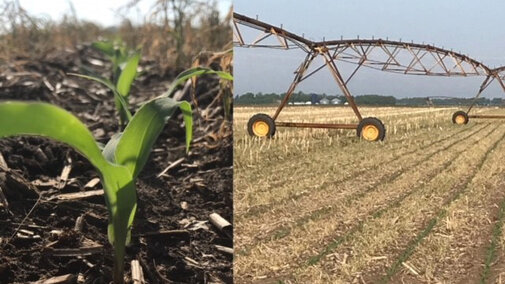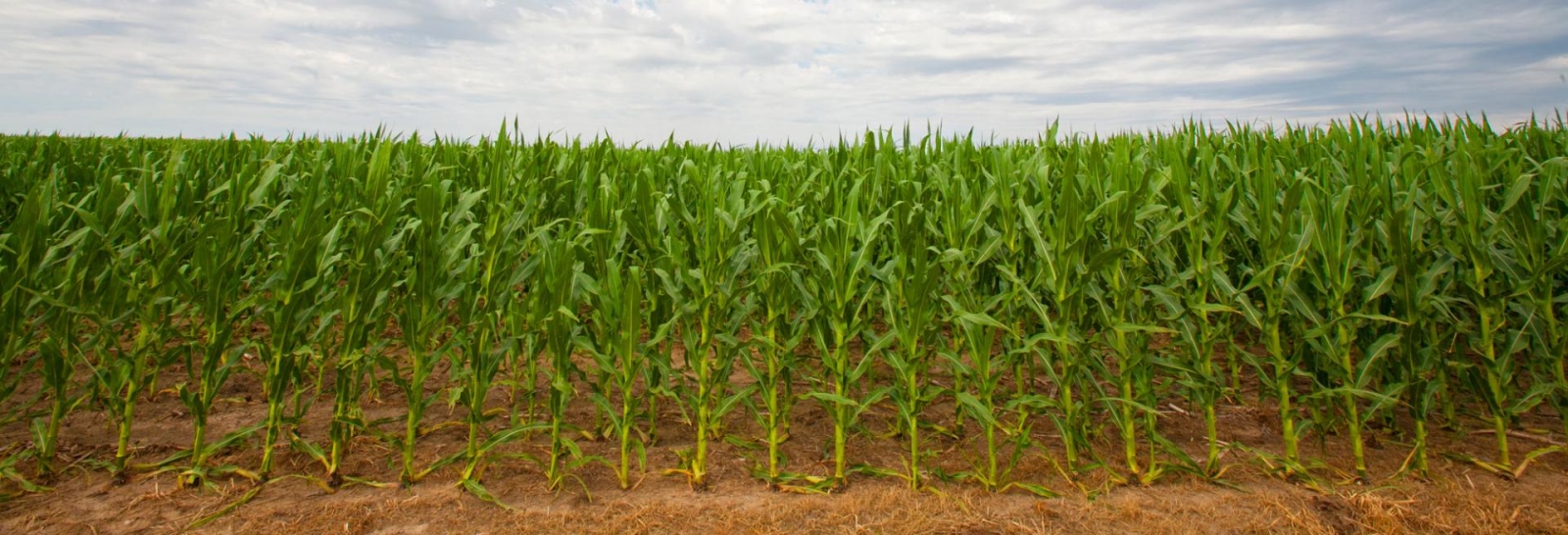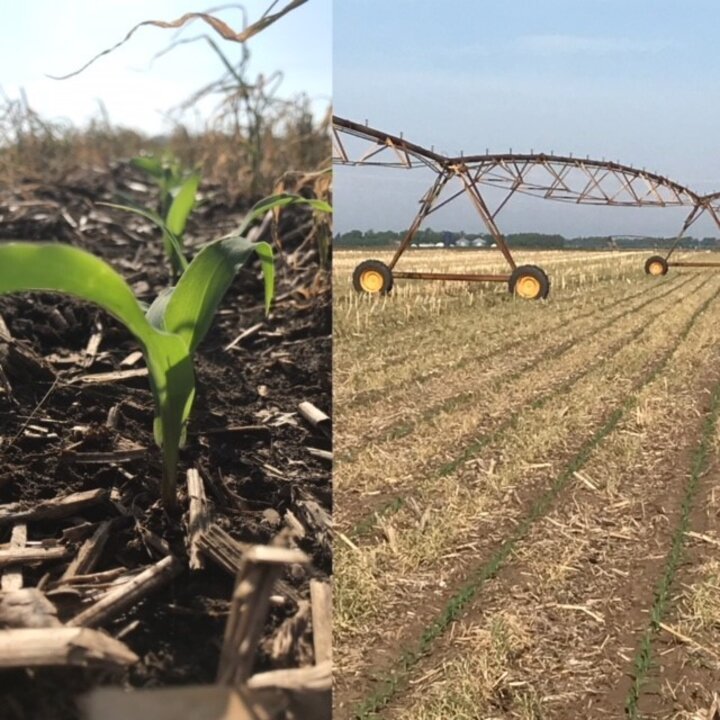
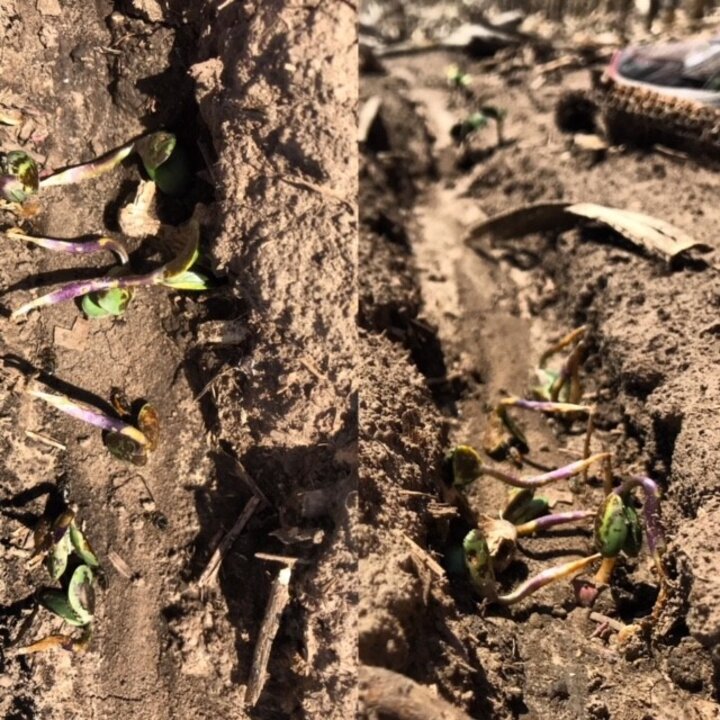
Megan Taylor, Extension Educator, reporting for Platte, Boone, and Nance counties: In my area corn continues to put on collars. There has been strong emergence driven by the timely moisture and elevated temperatures the past several weeks. I have seen some seedling emergence issues, but the areas are relatively small and inconsistent. There is good control of summer annual weeds and a steady decline in winter annuals. In almost all of the corn on corn rotations I am seeing heavy emergence of volunteer corn. In soybeans, there is continued emergence and planting. The beans that have emerged are between VE and V1. In the northern part of my area, I am seeing some seedling emergence issues caused by heavy rains and erosion. Primarily in fields with strong topography. Volunteer corn is also popping up in the heavy residue bean fields. Alfalfa and small grains continue to improve. Small grains are heading and continuing to mature. Alfalfa weevils are present, but in low quantities. With the dry weather forecast for the next several days many people are trying to complete the first round of hay cutting. Overall, things are moving along optimistically. (5/24/18)
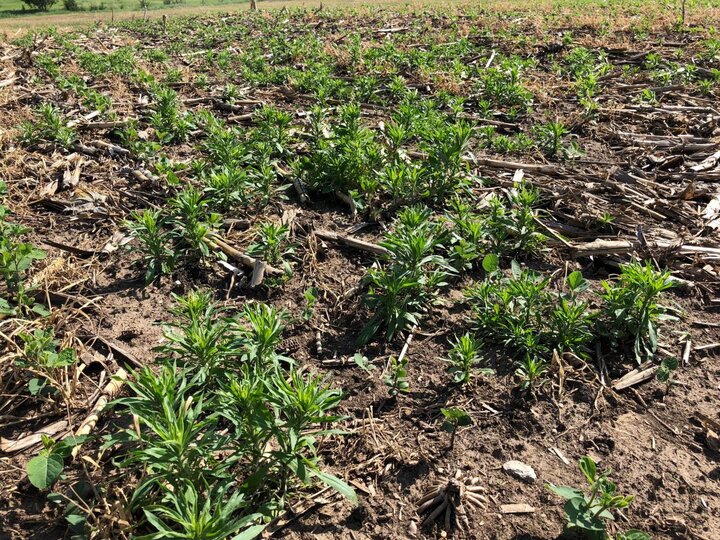
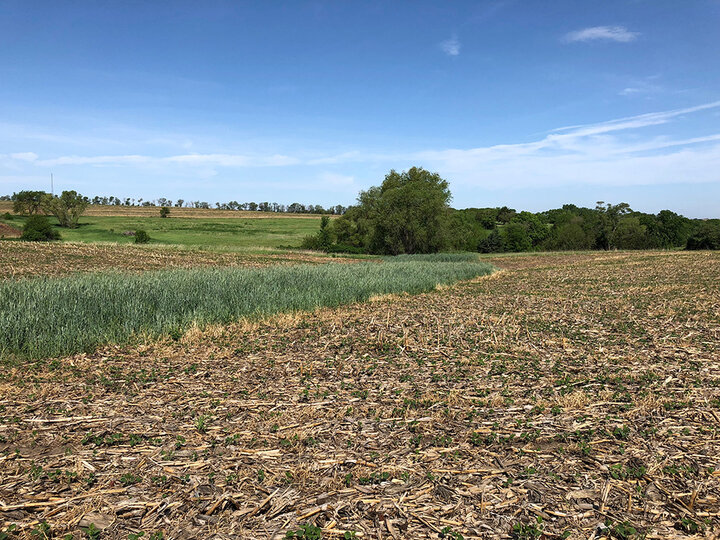
Tyler Williams, Extension Educator in Lancaster County: This week marestail was coming on quickly in areas of a field of Roudup Ready Soybeans sprayed three weeks ago (Figure 1). The marestail is only in spots where cover crops or crop residue were lacking and will likely be treated by hand; however, control may be challenging as they are near or over the recommended height for optimal control.
The grassed waterway (Figure 2) is an annual waterway drilled to rye. Soybeans are planted through it, but producer will likely let the rye grow as the stand appears to be thin and short enough to allow the soybean to grow. He really wants to reduce erosion on this field. (5/24/18)
More Extension Reports from Twitter
This week was a perfect time to install watermark sensors on the SE corngrowers plot -excellent for front & tail end irrigation season #ncga #NeExt pic.twitter.com/SjHgGFlQ7d
— Randy Pryor (@Pryor_Knowledge) May 25, 2018
60 neutron access tubes for measuring soil water content have been installed for the TAPS Corn Competition!!! @UNLIrrigation @Ogallala_water @NECornBoard pic.twitter.com/jW0R6IlMcF
— UNL-TAPS (@UNL_TAPS) May 24, 2018
Southeast #Nebraska keeps missing out on rain events. Moderate drought (D1) expands in a few counties and abnormal dryness (D0) is alleviated in portions southcentral Nebraska, according to the US Drought Monitor. @DroughtCenter #newx #drought pic.twitter.com/lIVScTgOIE
— Martha Shulski (@mshulski3) May 25, 2018
